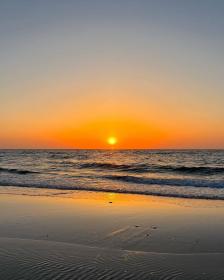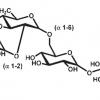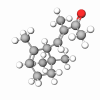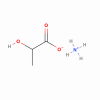From the remote Pacific islands of North Western Canada, surrounded by the Pacific Ocean in this uninhabited wilderness among some of the world's roughest waterways, it is from this naturally guarded area that the treasured green/grey glacial clay is found in rare deposits marked under designation Sea silt.
Sea silt (Maris Limus) is considered to be the 'créme de la créme' of clays for cosmetic and therapeutic applications and cannot be produced synthetically.
There are three major clays on the market today:
- The Dead Sea Mud from the Middle East,
- The Moorbad Mud from Europe,
- The true Glacial Clay from the northwestern British Columbia coast.
Sea silt (glacial clay) has a desirable pH factor of 6.5 to 7.3, compared to the more alkaline range of 7-14 of many other clays.
Synonyms
Maris Limus











